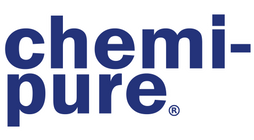Have you ever wondered what the black sponge in the back of your Jellyfish Art aquarium is for? Well allow us to enlighten you! Welcome to the wonderful world of aquarium “cycling”! We are not referring to the strange sight of your aquarium riding down the street on a bicycle…but rather to the process known as the nitrogen cycle. You may have also heard this cycling process referred to as, nitrification, seeding, or establishing, your aquarium. The nitrogen cycle is the biological process of converting toxic ammonia to nitrite and then to less toxic nitrate. Every aquarium goes through this process while establishing a colony of beneficial bacteria. Understanding how this process works and how to manage ammonia levels in your aquarium is going to save you from having a smelly tank with gooey, unhealthy jellies!
Unlike fish, jellies do not excrete a lot of waste. However, waste produced by the jellies and from uneaten food remains in the aquarium. As it decomposes, highly toxic ammonia (NH3) is produced. If not dealt with, ammonia levels higher than 0.25 ppm can become very harmful to your jellies. Fortunately, there are strains of bacteria (Nitrosomonas species) that love consuming ammonia! They will colonize and live on the black Bio-Sponge in your Jellyfish Art aquarium and eat the ammonia converting it into nitrite (NO2); another toxic chemical compound. Nitrite is then consumed by Nitrobacter bacteria species inside your aquarium and convert it into less toxic nitrate (NO3). Routine partial water changes keep nitrate levels at a safe level (less than 40 ppm) within your system.
We recommend changing out 25-30% of tank water every week and 35-50% once a month making sure that the new water is the same salinity and temperature as the water currently in your aquarium. Just remember, any time you do a water change, be sure to repopulate your bacterial population with JellyBio Maintain. And NEVER do a 100% water change to treat your black Bio-Sponge with kindness as improper handling can kill all of the beneficial nitrifying bacteria inside your aquarium and you will have to start the process all over again.
Hooray for helpful healthy bacteria!
On our next blog post we will go into more details about proper aquarium cycling and various methods to create stronger better bacteria colonies!
Read our blog post on Cycling! How to Cycle Your Jellyfish Art Aquarium?




